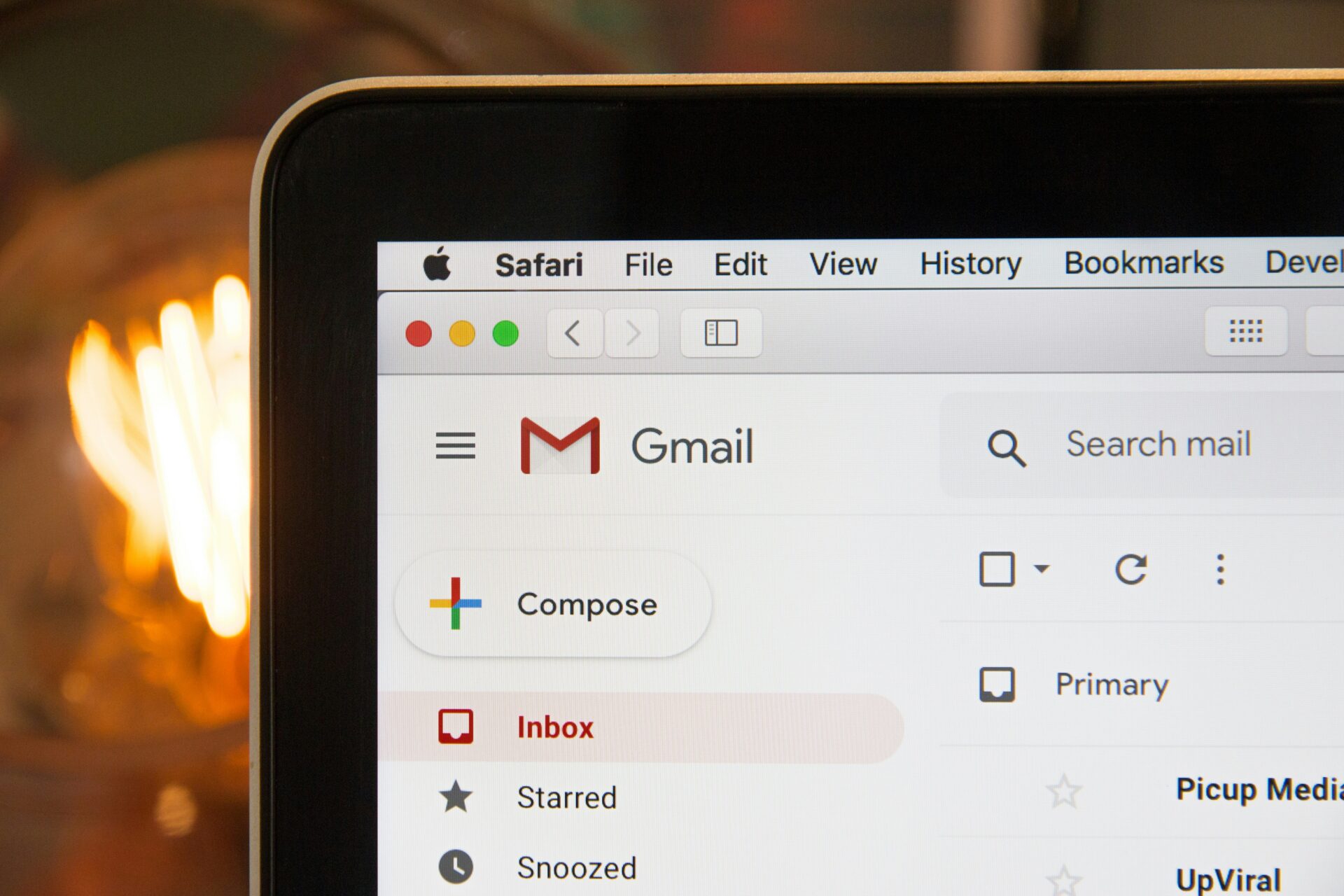It’s been just over a month since Google debuted its Web Stories for WordPress plugin and they’ve already released updated content guidelines. For site owners who have previous experience with Google’s various branches, including Google Analytics and Google Ads, these frequent guideline changes won’t come as much of a surprise. Whether you were expecting them or not, today we’re going to talk about the main points you need to be aware of to get the most out of Web Stories for WordPress.
The Web Stories plugin is a user-friendly drag-and-drop content editor that helps users put together Stories from a customised screen in the WordPress back end. It’s a handy little tool to create engaging content quickly and easily and, of course, is a great way to get your content noticed in Google’s suite of services.
In Google’s own words, Web Stories allows you to:
- Create beautiful and engaging content easily: Web Stories make the production of stories as easy as possible from a technical perspective.
- Enjoy creative flexibility for editorial freedom and branding: The Web Stories format comes with preset but flexible layout templates, standardized UI controls, and components for sharing and adding follow-on content.
- Share and link your stories on the open web: Web Stories are part of the open web and can be shared and embedded across sites and apps without being confined to a single ecosystem.
- Track and measure your stories: Supports analytics and bookend capabilities for viral sharing and monetization.
- Capture the attention of your readers by offering fast loading times to your stories: Web Stories are lightning fast so that your audience stays engaged and entertained.
- Engage with your readers via immersive storytelling: Web Stories are a new and modern way to reach existing readers.
- Monetize effectively the beautiful and engaging stories you create: Web Stories enable monetization capability for publishers using affiliate links. For advertisers, Stories is a way to reach a unique audience within a new storytelling experience.
In Google’s recently released guidelines, there are six issues users need to bear in mind when planning and creating content for Web Stories:
Copyrighted Content
As you might expect, Web Stories content may not infringe any registered copyright. As Google explain: ‘Web Stories are meant to reflect original works, so we don’t allow Web Stories that include someone else’s copyrighted work unless you have received permission.’
Text-heavy Web Stories
Web Stories may be rendered ineligible if the majority of pages included contain more than 180 words of text, so brevity will be your friend here. Google champions the usage of ‘bite-sized’ video wherever possible, which they state is less than 60 seconds per page.
Low Quality Assets
Check your images – and then check them again! Google will not allow Web Stories that contain images or videos that are stretched, warped or pixelated to the point ‘that the viewer’s experience is negatively impacted’.
Lack of Narrative
Stay focused and get to the point – Google aren’t fans of Stories that show a lack of narrative, defined as ‘missing a binding theme or narrative structure from page to page’.
Incomplete Stories
Don’t think about placing key external links in your pages – Web Stories will be considered incomplete if they require users to visit external sites or apps to learn essential information.
There is one other point to bear in mind here and that comes down to Stories that Google deems overly commercial. If Stories are published with the sole goal to advertise a service or product, you aren’t likely to see them enabled on Google’s services. They do confirm that affiliate links are allowed, as long as they’re restricted to a minor part of the story only.
So there you have it, six guidelines to bear in mind if you’re seeking Web Stories success! While Google’s new guidelines may be seen as overly restrictive to some, they do lend themselves to strong, concise writing, attractive graphics, and engaging content, so perhaps these are solid foundational guidelines for all content creators.



